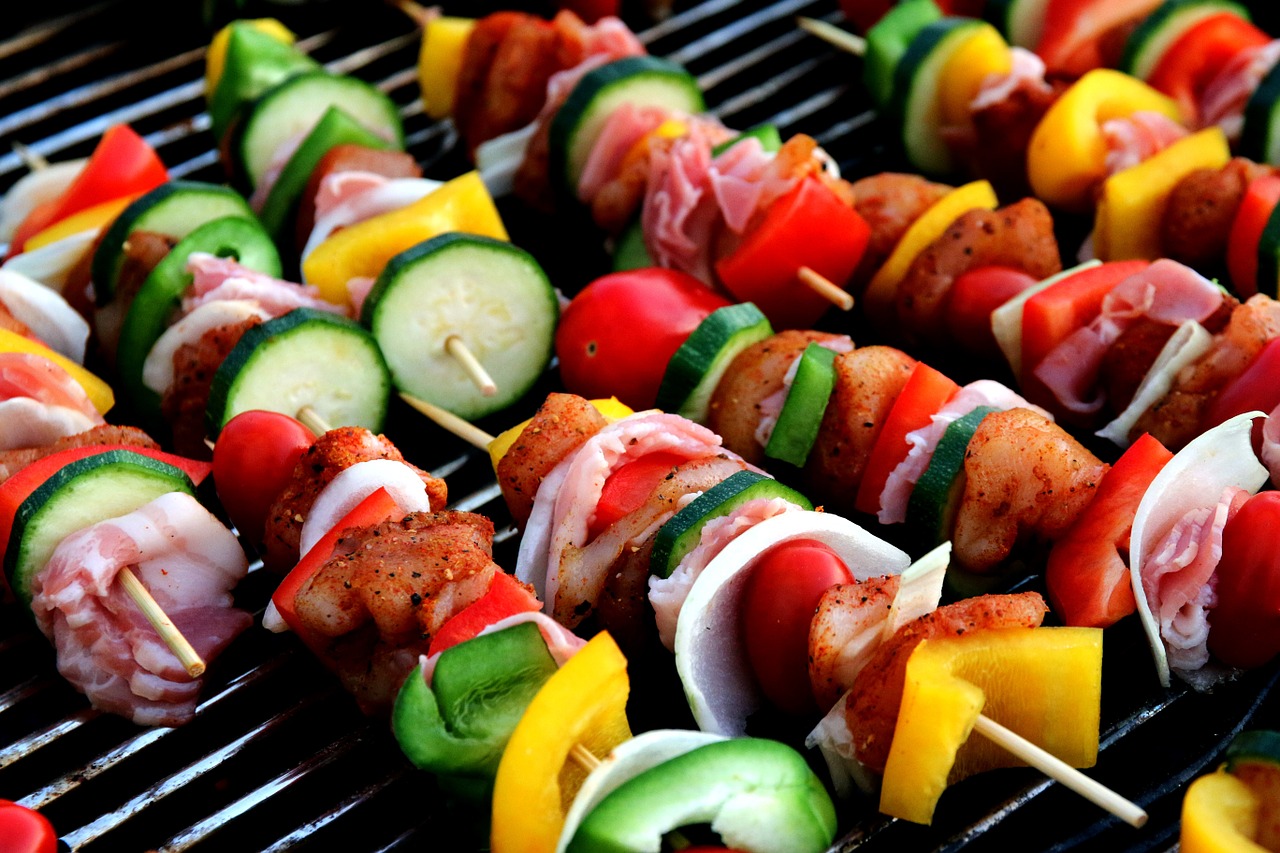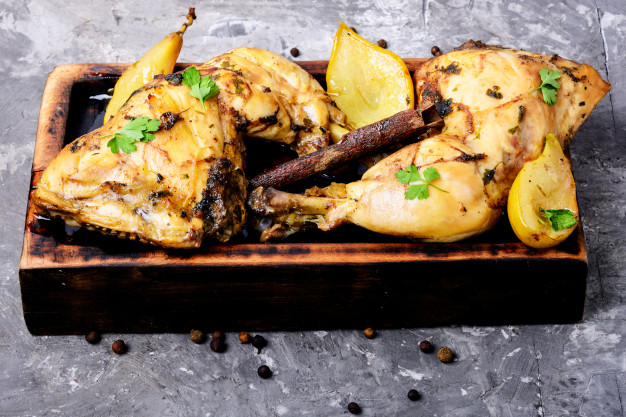From the first time they smile to their first tooth, everything that happens to your baby should be documented as a milestone. Getting your baby off exclusive breastfeeding, and started on solids is a feat that you should get right at the first go.
The fact is solid food is not breast-milk. It has to contain all the elements that will make it nutritious, delicious and palatable for your baby. Another thing you need to know is if your baby is ready for it.
While doctors recommend that you feed your baby breast-milk for six months, some babies are ready to take solids sooner than that. So, how do you know when your baby is ready? There are some tell-tale signs that will give you an incline whether to start solid foods or not.
Some Signs your Baby is Ready
- Good head and neck control
- When the baby is able to sit up in a chair
- They reach out for food
- When they weigh twice their birth weight
Normally, when babies are not ready for solids, they do not have the ability to swallow. At this point, you see them push the baby cereal back with their tongues. When your baby is ready for solids, they gradually start to lose this tongue-thrusting reflex.
The moment you see these signs, you should know that your baby is ready for more than breast-milk.
How do you start?
One thing you need to remember is your baby’s health and nutrition are the priority. You can start out with iron-rich baby cereal. It is best you feed your baby the cereal with a baby spoon, rather than in a bottle.
No matter what, solid foods, or, cereal, should be fed after you breastfeed your baby. This way your baby still enjoys the goodies of breast-milk and at the same time, can get acquainted with solids.
You may be tempted to introduce veggies and other foods immediately after the first success. But, you need to wait and give these foods gradually. Sometimes your baby may be allergic to these new foods, and giving them all at once will not help you identify the allergen.
Another thing about giving your baby solid foods is you may need to serve it in small forms. There are a lot of great and nutritious recipes for your baby you can try. You may be itching to ask if you can give your baby fresh fruit juices.
Fruit juices are an absolute big no for babies. The reason is that they pose to be more harmful than good. Juices add extra calories and sugars without giving your baby the needed balanced nutrition.
In addition, drinking too much will cause diarrhea in babies, lead to tooth decay, and excess weight.
It’s That Simple
Breastfeeding your baby, although very beneficial, is tiring, especially if your baby nurses a lot at short intervals. If your baby is between 4-6 months, and 6 months to 1 year, giving solids is only meant to supplement breast-milk, not replace it.
Read Also:






















